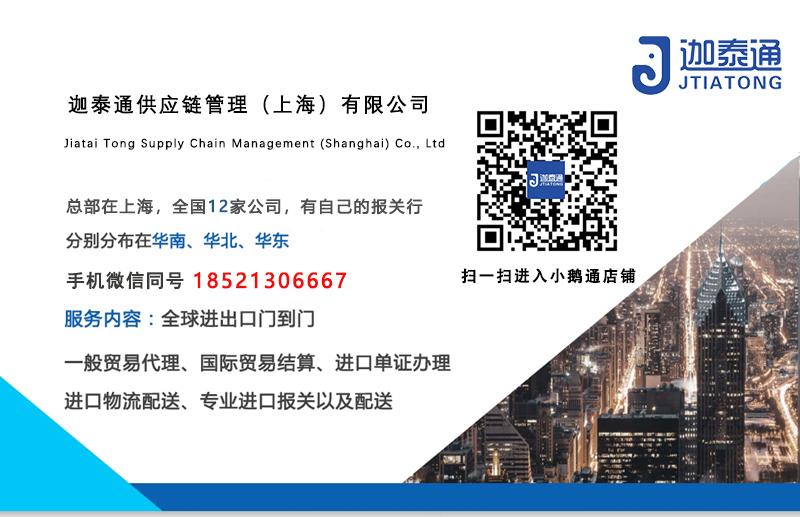Customs knowledge: Chinese medicinal materials that are haza
Those are traditional Chinese medicinal materials containing hazardous chemicals
Dangerous Chemicals in Common Chinese Medicinal Materials
One: Borneol
Borneol, also known as borneol, orange slices, or borneol, is extracted from the resin and volatile oil of the plant Borneol in the family Borneol. It is a white crystalline powder or flake shaped crystal, with a chemical composition of 2-propanol. It has a refreshing aroma and a pungent and cool taste. As a medicinal herb, it can awaken the mind, clear heat, and relieve pain. It is used for fever, dizziness, convulsion, stroke, phlegm and convulsion, moderate and malignant coma, chest pain, red mouth ulcers, throat swelling and pain, etc.
Borneol is a hazardous chemical listed in item 1232 of China's Hazardous Chemicals Catalogue (2015 edition), with the product name "2-propanol" and CAS number 507-70-0. Its hazard categories include flammable solids, specific target organ toxicity, etc.
At the same time, in the United Nations' Model Regulations and Recommendations on the Transport of Dangerous Goods (TDG), borneol is classified as Class 4.1 dangerous goods (flammable solids), with a UN number of 1312. It is recommended to use a packaging category of Class III.

Two: Vermilion Sand
Cinnabar, also known as cinnabar, cinnabar, red lead, and mercury sand, is a natural mineral of mercury sulfide, mainly containing mercury sulfide, as well as various substances such as realgar, apatite, and asphaltene. The appearance is granular or block shaped, bright red or dark red, with a luster. Weight, crispy texture, easily broken in flakes, shiny in powder form, slight in odor, and light in taste. Medicinally, it can clear the heart and calm convulsions, soothe the mind and brighten the eyes. It is used for palpitations, insomnia and dreaminess, pediatric convulsions, blurred vision, mouth sores and throat congestion, etc.
In the 2015 edition of the Hazardous Chemicals Catalogue, cinnabar is listed as item 1286, with the chemical name "mercury sulfide" and CAS number 1344-48-5. The hazard categories include acute toxicity, specific target organ toxicity, and harm to the aquatic environment.
Meanwhile, in the United Nations' Model Regulations and Recommendations on the Transport of Dangerous Goods (TDG), cinnabar is classified as Class 6.1 dangerous goods (toxic substances), with the UN number 2025, and the recommended packaging category is Class II.

Three: Turpentine oil
Turpentine oil is a volatile oil extracted by distillation or other methods from several plants of the Pinus family, mainly composed of terpenes. It is a colorless to slightly yellow clear liquid with a peculiar odor. When stored for a long time or exposed to air, the odor gradually increases and the color gradually turns yellow. It can alleviate muscle pain, treat joint pain and neuralgia, and apply to the affected area during sprains, which can also promote blood circulation and reduce swelling.
In the "Catalogue of Hazardous Chemicals" (2015 edition), turpentine is listed as item 2098 with CAS number 8006-64-2, and its hazard categories include flammable liquids, skin corrosion, severe eye damage, skin cancer, inhalation hazards, and harm to the aquatic environment.
In the United Nations' Model Regulations and Recommendations on the Transport of Dangerous Goods (TDG), turpentine is classified as Class 3 dangerous goods (flammable liquids) with UN number 1299, and the recommended packaging category is Class III.

Customs supervision requirements
Regulatory Requirements for Export of Hazardous Chemicals
The Regulations on the Safety Management of Hazardous Chemicals stipulate that hazardous chemical production enterprises shall provide chemical safety technical manuals that are consistent with the hazardous chemicals they produce, and affix corresponding chemical safety labels on the packaging. The packaging of hazardous chemicals should comply with the provisions and standards of laws, administrative regulations, and rules, and the type, specifications, methods, and individual quality of the packaging should be suitable for the nature and purpose of the hazardous chemicals contained.
The Announcement on Issues Related to the Inspection and Supervision of Import and Export of Hazardous Chemicals and Their Packaging (Announcement No. 129 of the General Administration of Customs in 2020) requires the customs to conduct inspections on the import and export of hazardous chemicals and their packaging listed in the national Catalogue of Hazardous Chemicals (latest version).
So, for cinnabar, borneol, turpentine, etc. listed in the hazardous chemical catalog, regardless of whether the HS code corresponds to customs supervision conditions of "B" or the inspection and quarantine category of "N", before export, it is necessary to declare the inspection of the origin of hazardous chemicals and the identification of the use of packaging for export dangerous goods. Only after passing the inspection and identification, can the electronic bottom account and packaging use identification result sheet be obtained before export.
Taking cinnabar as an example for declaring hazardous chemical origin inspection
The shipper or its agent shall provide the customs of the place of origin with the "Declaration of Conformity for Export Hazardous Chemical Production Enterprises", the classification and identification report of hazardous characteristics for export cinnabar, the danger publicity label, safety data sheet samples, and the "Outbound Cargo Packaging Performance Inspection Result Form" attached to the packaging of the dangerous goods used. The inspection content implemented by customs includes:
Whether the main components/component information, physical and chemical characteristics, hazard categories, etc. of the 01 product comply with relevant regulations;
Is there a danger announcement label on the 02 product packaging, is it accompanied by a safety data sheet, and does the content of the danger announcement label and safety data sheet comply with relevant regulations;
03 For the packaging used for goods, packaging performance inspection and usage appraisal should also be carried out in accordance with the management regulations for packaging inspection of dangerous goods exported by sea, air, road, and railway transportation.
Important reminder
If the enterprise fails to declare the above-mentioned goods as hazardous chemicals and fails to provide relevant materials and electronic records in accordance with the requirements for the export of hazardous chemicals, the customs will impose penalties in accordance with relevant laws and regulations such as the Customs Law, the Import and Export Commodity Inspection Law, and their implementation regulations.
Regulatory Requirements for Exporting Traditional Chinese Medicine
If the goods listed in the Pharmacopoeia of the People's Republic of China are declared for "medicinal use" by the enterprise when exporting, they should also meet the following regulatory requirements:
(1) It should comply with the quarantine agreements, protocols, memorandums and other provisions signed between the Chinese government and the importing country or region, as well as the standards or contractual requirements of the importing country or region.
(2) Outbound production enterprises should meet the relevant requirements of the laws and regulations of the importing country or region, and comply with the relevant laws and regulations of China.
(3) Outbound production enterprises should establish a sound epidemic prevention system and traceability management system.
(4) Establish procurement, acceptance records, production and processing records, factory inspection records, inbound and outbound records, etc. for raw materials and packaging materials, and provide detailed records of the production and processing of Chinese herbal medicines for export
笔记
本文来源:http://www.jtia56.cn/list_68/372.html
本文标题:Customs knowledge: Chinese medicinal materials that are haza
注:本文部分图文来源于网络,如有侵权联系我们删除,谢谢!
【 Customs Knowledge 】 Take you to understand the key poin Customs Knowledge: Third Country Inspection and Inspection o
迦泰通(海关AEO高级认证企业)-服务范围
迦泰通19年进出口通关经验,10+分公司,支持全国进口申报;是海关AEO高级认证企业,专注全球门到门,一站式进口代理清关服务!我司业务范围:国际运输、进口报关清关、仓储配送、代签外贸合同与付汇、暂时进出口等。全国免费咨询电话tel:18521306667
【相关推荐】
- 了解详情 > How much do you know about sports nutrition food?
- 了解详情 > Customs knowledge: Chinese medicinal materials that are haza
- 了解详情 > Customs Knowledge: New Regulations on the Import of Special
- 了解详情 > [Customs Knowledge] How much do you know about infant formul
- 了解详情 > 【 Customs Knowledge 】 Import of baking raw materials such
- 了解详情 > 【 Customs Knowledge 】 Inspection and Quarantine Requireme






